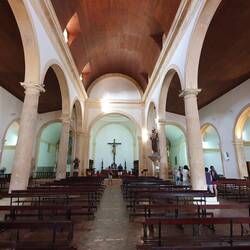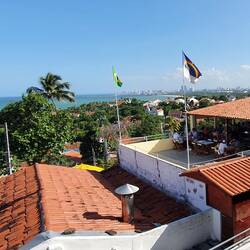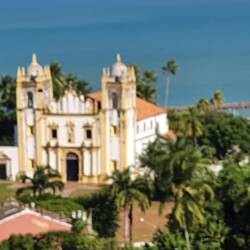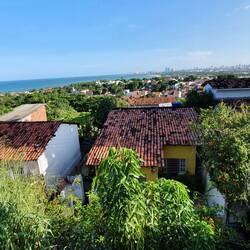Kirchenralley in OLINDA
 May 19, 2022 in Brazil ⋅ ⛅ 28 °C
May 19, 2022 in Brazil ⋅ ⛅ 28 °C
UBER bringt uns in den historischen Bezirk von OLINDA auf den höchsten Punkt der Altstadt. 2006 als Kulturhauptstadt Brasiliens gekürt und Bischofssitz von OLINDA und RECIFE. 22 Kirchen, 11 KapellenRead more















































































































































































Traveler Das ist mal authentisch
Das ist mal authentisch
Traveler 🥰
🥰
Traveler Beeindruckende Bilder, herrliche Eindrücke
Traveler Ein cooles Bild... ;-)
Ein cooles Bild... ;-)